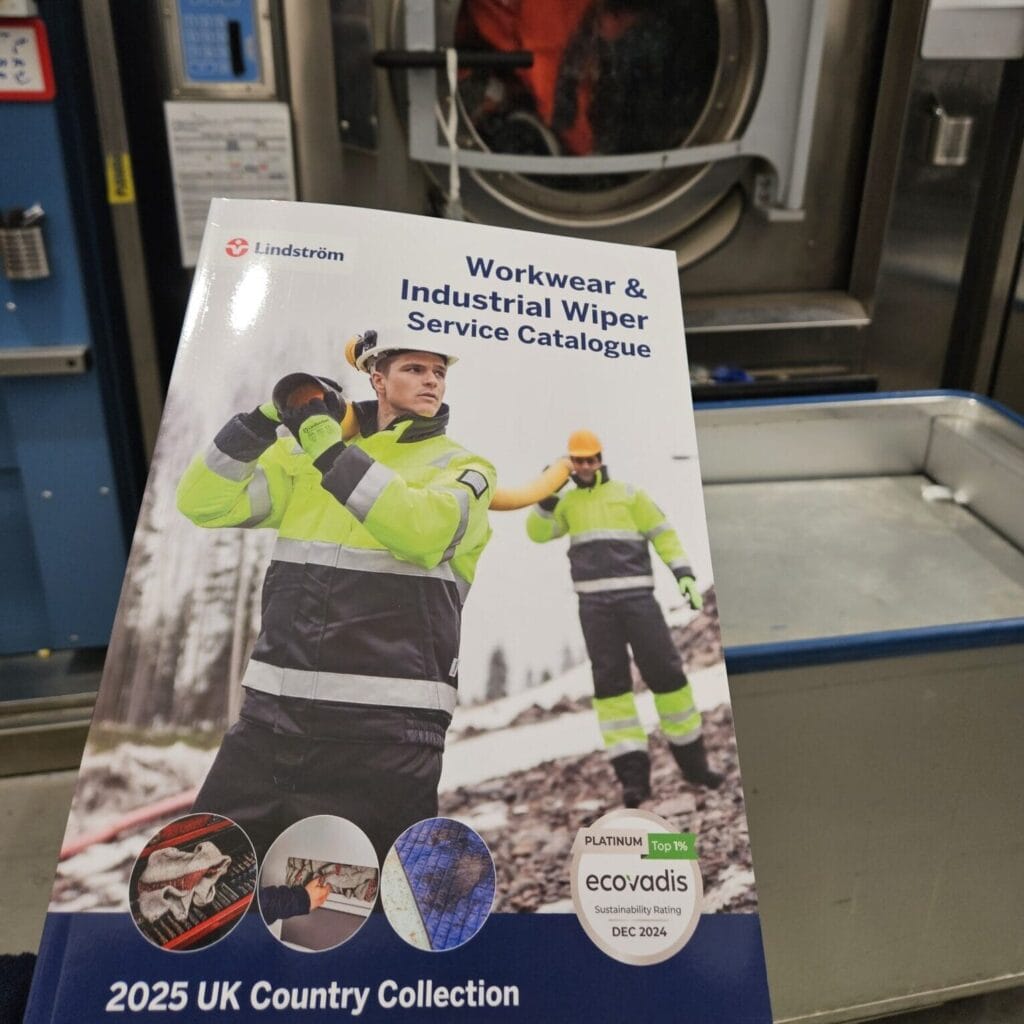
Staying Safe In The Automotive Industry
Certain jobs are riskier than others and due to the nature of the tasks, working in the automotive industry has more significant risks. According to the HSE (Health and Safety Executive), 35 deaths and more than 7,000 injuries were reported in automotive roles in the last five years. Following the law and the recommendations laid out in the Control of Substances Hazardous to Health Regulations (COSHH) will help keep your workers safe and your company out of trouble.
Machinery, tools, chemicals, and even electric shock are all hazards for mechanics, engineers, and paint sprayers. For example, COSHH highlights chemicals such as isocyanate, which is used in the painting process and can cause dermatitis and asthma.
Following COSHH Regulations
To follow COSHH regulations, you should conduct a risk and safety audit, looking for hazards such as:
- Paints, under-seals, and lacquers
- Brake fluid, lubricants, waste oil, and fuel
- Gases and fumes created during cutting or welding
- Adhesives and fillers
- Degreasing chemicals, strong hand cleaners, and cleaning products
- Battery acid
- Dust created by using abrasive wheels
Once the hazards are identified, you must Implement control measures to remove or lower the risks. As in the case of our initial example, isocyanate, COSHH regulations recommend that you:
- Conduct spraying in an enclosed and extracted booth
- Wear an air-line respirator
- Wear automotive workwear and personal protective equipment (PPE)
- Monitor health with skin and asthma checks
COSHH Essentials was created by the Health and Safety Executive to provide step-by-step advice on controlling chemical risks. COSHH Essentials includes guidance sheets on activities such as paint spraying and allied tasks, repair tasks, and cleaning tasks, along with specific advice for managers.
Other health and safety practices that can help keep your vehicle mechanic and painters safe include using sawdust, industrial wipers, and mats to soak up oil spills and installing metal binding around leaking machines that cannot be repaired. Your team members should only use tools that they have received relevant training.
How Automotive Workwear Keeps Your Safe
Where risks cannot be wholly removed, you can keep your employees safe with automotive workwear and PPE.
It is your responsibility to provide safety workwear, and your workers should:
- Wear protective gloves to protect their hands against chemical burns and allergic reactions.
- Wear automotive overalls to protect their arms, body, and legs from toxic battery fluids, oil burns, and irritants such as spray paints. The overalls or automotive jackets and trousers should be well-fitting and not loose. Loose-fitting clothing can get caught in moving vehicles or machinery.
- Wear high visibility vests when working in environments with moving vehicles or noisy engines or machinery.
To discuss how our automotive workwear rental and laundry service can save your business money and keep your workers safe, don’t hesitate to get in touch with our team.



